Corcovado National Park is located in southwest Costa Rica on the Osa Peninsula. According to Wikipedia, it was established in 1975, and encompasses an area of 425 km² (263 mi²), and it has a stunning ecological variety. It is home to lots of wildlife including Baird's tapirs, Harpy eagles, American crocodiles, Spectacled Caiman, pumas, peccary, ocelots, white-faced monkeys, and bull sharks. I only had the pleasure of seeing a crocodile, monkeys, and birds, but it was still a wonder to behold. Read more about the park here.
Sara and I spent several days in Corcovado National Park, hiking in the day before New Years Eve, and speedboating out on New Years Day. I have to admit that the experience was unlike anything I have ever experienced, and I mean that it had its ups and downs. On December 29, we left the tourist/ex-pat haven of Puerto Jimenez and bussed into the border of the park, staying at the isolated house of our guide Eduardo and his family. They are campesinos, or country-dwellers whose first attempts at farming fizzled out due to wildlife consuming their cattle, so their new focus is on tourism and guiding through the park. Bright and early on December 30, we hauled our packs (mine was around 30lbs) onto our backs, and began our 25k (15 mile) trek to La Sirena ranger station.
Just outside of Los Patos with our guide, Eduardo.
La Sirena is basically a big wooden structure with dorms and a full-service kitchen for those with reservations, and camping platforms and a "do it yourself" kitchen for budget travelers. We were lucky to arrange to have a rentable tent there for us, even though it didn't breathe well, and we were without sleeping pads the first night. With only a skimpy sleeping bag separating my back from the wooden floor, that's one way to build a backbone. Humidity was high and the mosquitoes were aplenty, but so were the travelers and the interesting stories they brought. There were Google employees, a Western Washington University professor, students, and unemployed folks traveling in pairs, groups, or families. Perhaps the most interesting story was a group of 5 backpackers coming from La Leona--two girls arrived first, followed by their lost friend the next day, and, on the day we left, the last two of their party made a dramatic entrance (flopping down on the ground out of joy and exhaustion upon arrival). As fun and pretty as it was, I have to admit that I couldn't have been happier than when I was on the crazy, splashy speedboat heading to Bahía Drake.
When I was 17, I ran a 30k race in 2.5 hours. This journey took about 8 hours more than that. At first, it was a somewhat leisurely hike, albeit difficult given the weight of our packs and presence of sticky, slippery mud on the path. Occasional river crossings made us grateful for seeking out knee-high rubber boots (botas de hule) in Puerto Jimenez, although after a while, the lack of support within the boots caused a great deal of foot pain. I was also relieved to forget about the possible presence of crocodiles and bull sharks (they swim in both salt and fresh water) in the rivers. It was good to know that the river water was purported by our guide to be drinkable, and even though I was skeptical for a long while, thirst got the best of me and I downed two liters of untreated river water. Luckily no medical problems ensued. Yet :)
Lack of distance markers also made it difficult to tell just how far we had left to go, and the fast setting sun later in the day (at around 5PM), was a bit disheartening. All in all, I can't find the words to express my relief and joy upon finally crossing the clearing of La Sirena just after dusk that day. Covered in mud, sweat, and tears, I know that I looked like a mess, but I quickly learned that this is how most trekkers arrive at La Sirena. There is another station, La Leona, that is an approximately 6 hour hike away from La Sirena, and its path stays on the beach, while the Los Patos path that we did stays entirely in the rain forest. Most trekkers arrived to La Sirena from La Leona, and their stories and dramatic entrances imply that that path is much harder than the one we did. Either way, everyone luckily made it in one piece.
Large ants in Corcovado
An American crocodile in the river/ocean crossing
La Sirena is basically a big wooden structure with dorms and a full-service kitchen for those with reservations, and camping platforms and a "do it yourself" kitchen for budget travelers. We were lucky to arrange to have a rentable tent there for us, even though it didn't breathe well, and we were without sleeping pads the first night. With only a skimpy sleeping bag separating my back from the wooden floor, that's one way to build a backbone. Humidity was high and the mosquitoes were aplenty, but so were the travelers and the interesting stories they brought. There were Google employees, a Western Washington University professor, students, and unemployed folks traveling in pairs, groups, or families. Perhaps the most interesting story was a group of 5 backpackers coming from La Leona--two girls arrived first, followed by their lost friend the next day, and, on the day we left, the last two of their party made a dramatic entrance (flopping down on the ground out of joy and exhaustion upon arrival). As fun and pretty as it was, I have to admit that I couldn't have been happier than when I was on the crazy, splashy speedboat heading to Bahía Drake.


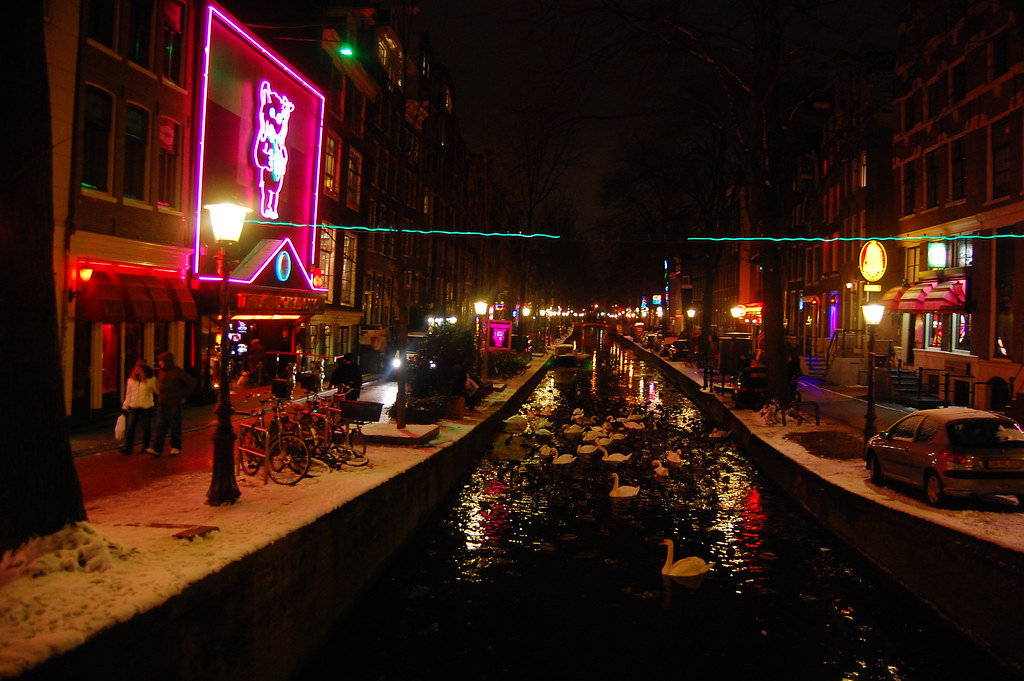



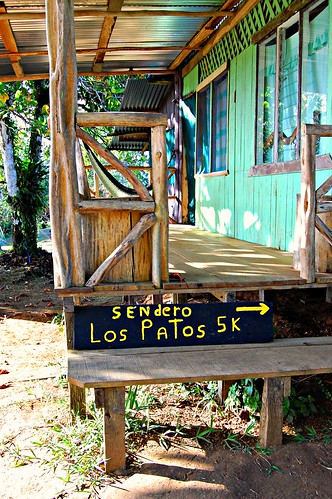

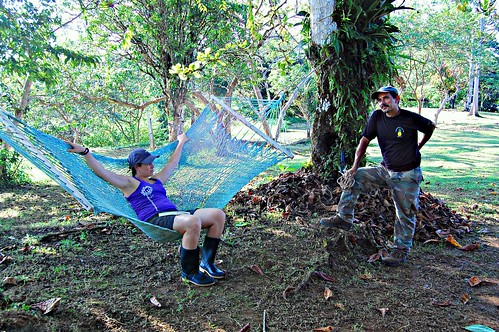
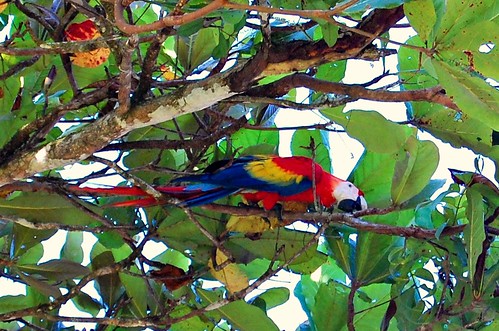
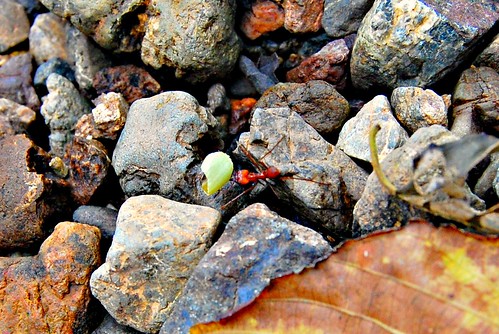

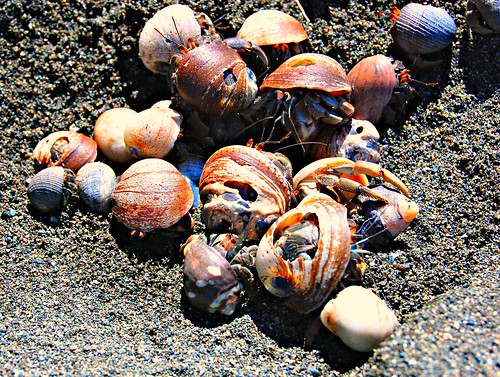


0 comments:
Post a Comment